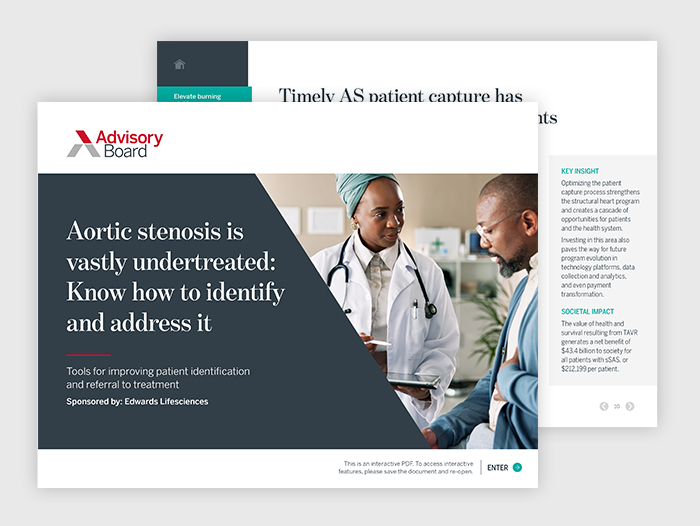On Monday, WalletHub released its 2025 "Healthiest & Unhealthiest Cities in America" list, ranking over 180 cities across the country.
Methodology
To create the list, WalletHub compared 182 U.S. cities, including the 150 most populated U.S. cities and at least two of the most populated cities in each state, on 41 different metrics across four key dimensions:
- Healthcare, which includes premature death rates, mental health, physical health, and health insurance coverage for both adults and children (25 points)
- Food, which includes share of residents who say they eat healthy, inadequate fruit and vegetable consumption, and limited access to healthy foods (25 points)
- Fitness, which includes share of adults who engage in any physical activity, a well-being "physical" score, and fitness and instruction centers per capita (25 points)
- Green space, which includes parkland acres per capita, quality of parks, and city "greenness" (25 points)
Each metric was graded on a 100-point scale, with a score of 100 representing the most favorable conditions for a healthy lifestyle. A city's weighted average across all the metrics was used to calculate its overall score and ranking.
Data for the ranking was collected from the U.S. Census Bureau, the Council for Community and Economic Research, the U.S. Bureau of Labor Statistics, and more.
The healthiest (and unhealthiest) US cities
According to WalletHub, the 10 healthiest U.S. cities were:
- San Francisco, CA
- Honolulu, HI
- Seattle, WA
- Salt Lake City, UT
- San Diego, CA
- Portland, OR
- Denver, CO
- Minneapolis, MN
- Washington, D.C.
- Huntington Beach, CA
In comparison, the 10 unhealthiest U.S. cities were:
- Brownsville, TX
- Gulfport, MS
- Shreveport, LA
- Columbus, GA
- Laredo, TX
- Huntington, WV
- Corpus Christi, TX
- Fort Smith, AR
- Memphis, TN
- Jackson, MS
WalletHub also reported cities' rankings on several metrics, including:
- Cost of medical visits: Laredo, Texas, had the lowest cost of medical visits while there was a five-way tie between Milwaukee, Wisconsin; Anchorage, Alaska; Madison, Wisconsin; Seattle, Washington; and Juneau, Alaska, for the highest.
- Premature death rate: San Jose, California, had the lowest premature death rate while there was a five-way tie between Memphis, Tennessee; Charleston, West Virginia; St. Louis, Missouri; Baltimore, Maryland; and Huntington, West Virginia, for the highest.
- Mental health counselors per capita: Colorado Springs, Colorado, and Richmond, Virginia, had the most mental health counselors per capita while Laredo, Texas, had the fewest.
- Healthy restaurants per capita: Portland, Oregon, had the most healthy restaurants per capita while Hialeah, Florida, had the fewest.
- Percentage of physically active adults: Seattle, Washington, had the highest percentage of physically active adults while Brownsville, Texas, had the lowest percentage.
"Staying healthy is a personal responsibility, and everyone should strive to eat nutritious food, exercise regularly and look after their mental health," said Chip Lupo, an analyst at WalletHub. "However, where people live can have a big influence on how successful they are at staying in good health, so the best cities are the ones that provide the greatest access to high-quality healthcare, green spaces, recreation centers, and healthy food."
What experts have to say
WalletHub also spoke to several experts about how people can choose a city that is good for their health, as well as how to live healthily while on a budget.
Sandipa Bhattacharjee, an assistant professor of economics at Ramapo College of New Jersey and a research scholar at the Global Labor Organization, said cities with lower pollution levels, green spaces, parks, and recreational areas can improve people's physical and mental well-being. Having access to quality healthcare services and strong public health programs can also help improve health outcomes.
Separately, Amy Justice, a CNH Long Professor of Medicine and a professor of public health at Yale University, said that social connection is important for healthy cities. "People need to feel connected to each other and to their communities," she said. "This is difficult to achieve in areas where people are highly transitory but can be facilitated by community centers, religious centers, and cultural centers etc."
To become healthier while on a budget, Robert Millard, an assistant professor in the department of economics at Stony Brook University, said that "persistent little daily changes are the best starting point." Walking, taking the stairs, and being more aware of what you eat are all low-cost ways you can become more conscious of your health.
"Building these habits serves as a basis to build into more rigorous healthier investments as you get more invested in this lifestyle," Millard said.
In addition, Jia Yu, an associate professor of economics at Southern Connecticut State University, recommended working on your self-discipline if you're trying to be healthy on a budget.
"There are tons of books, apps, and social influencers, talking about healthy lifestyles for free," she said. "Choosing a strategy that suits yourself and sticking to it would result in a significantly positive change in your life."
(McCann, WalletHub, 3/31)
Don't miss out on the latest Advisory Board insights
Create your free account to access 1 resource, including the latest research and webinars.
Want access without creating an account?
You have 1 free members-only resource remaining this month.
1 free members-only resources remaining
1 free members-only resources remaining
You've reached your limit of free insights
Become a member to access all of Advisory Board's resources, events, and experts
Never miss out on the latest innovative health care content tailored to you.
Benefits include:
You've reached your limit of free insights
Become a member to access all of Advisory Board's resources, events, and experts
Never miss out on the latest innovative health care content tailored to you.
Benefits include:
This content is available through your Curated Research partnership with Advisory Board. Click on ‘view this resource’ to read the full piece
Email ask@advisory.com to learn more
Click on ‘Become a Member’ to learn about the benefits of a Full-Access partnership with Advisory Board
Never miss out on the latest innovative health care content tailored to you.
Benefits Include:
This is for members only. Learn more.
Click on ‘Become a Member’ to learn about the benefits of a Full-Access partnership with Advisory Board
Never miss out on the latest innovative health care content tailored to you.




